The Retail Blueprint: Cumberland Mall's Origins and Development
Cumberland Mall opened its doors in 1973, bringing a new shopping experience to Vineland, New Jersey.
Developed by the Rubin Organization, the mall was strategically placed at the intersection of Route 47 (Delsea Drive) and Route 55 (Exit 27).
Its location set it apart - positioned 25 miles from the nearest competing mall and 45 miles south of Philadelphia, it became a convenient stop for locals and travelers heading to the Southern New Jersey shore points.
At the time, suburban malls were thriving, and Cumberland Mall was designed to capitalize on that momentum.
The mall launched with four major anchor stores: Gaudio's, Bradlees, Pathmark, and Wilmington Dry Goods.
Each retailer catered to different shopping needs - Bradlees was a popular discount department store, Pathmark offered groceries, and Wilmington Dry Goods specialized in affordable clothing and home goods.
Gaudio's, a home and garden retailer, operated for only four years before JCPenney took over its space in 1977.
Throughout the 1970s and 1980s, Cumberland Mall maintained steady foot traffic.
As the only enclosed mall in Cumberland County, it became a regional shopping destination.
By 1989, Wilmington Dry Goods closed, making way for Value City, a discount department chain that remained a fixture in the mall for nearly two decades.
The mall's early years reflected a common retail formula - department store anchors, a mix of national and local tenants, and a layout built for convenience.
While competition remained low, the retail landscape around it would soon evolve.
By the late 1990s, declining occupancy rates hinted at future challenges, setting the stage for major renovations and tenant shake-ups in the next chapter of its history.
Reinventing Retail: Cumberland Mall's Transformations and Renovations
By the late 1990s, Cumberland Mall faced a new reality. As shopping habits shifted and competition increased, occupancy rates began to decline.
Mall owners responded with a major renovation that redefined the property - the redesign aimed to modernize the shopping environment and attract new tenants.
The first big change came in 1997 when Boscov's joined the lineup.
The family-owned department store brought a mix of apparel, home goods, and seasonal merchandise.
At the same time, JCPenney expanded its footprint, taking up more space to accommodate changing consumer preferences.
Meanwhile, the mall's concourse underwent a redesign to improve the layout and traffic flow.
By 1998, new additions extended beyond the main mall. The Home Depot and Regal Cinemas opened on outparcels, adding home improvement and entertainment options to the mix.
The former Bradlees store, which had closed a few years earlier, was divided to accommodate multiple tenants.
This strategy helped diversify offerings while making use of large, empty spaces.
The mall's footprint continued evolving throughout the early 2000s. BJ's Wholesale Club opened nearby in 2003, bringing a warehouse-style shopping experience to the area.
Three years later, Best Buy followed, reinforcing the mall's role as a retail hub in Vineland.
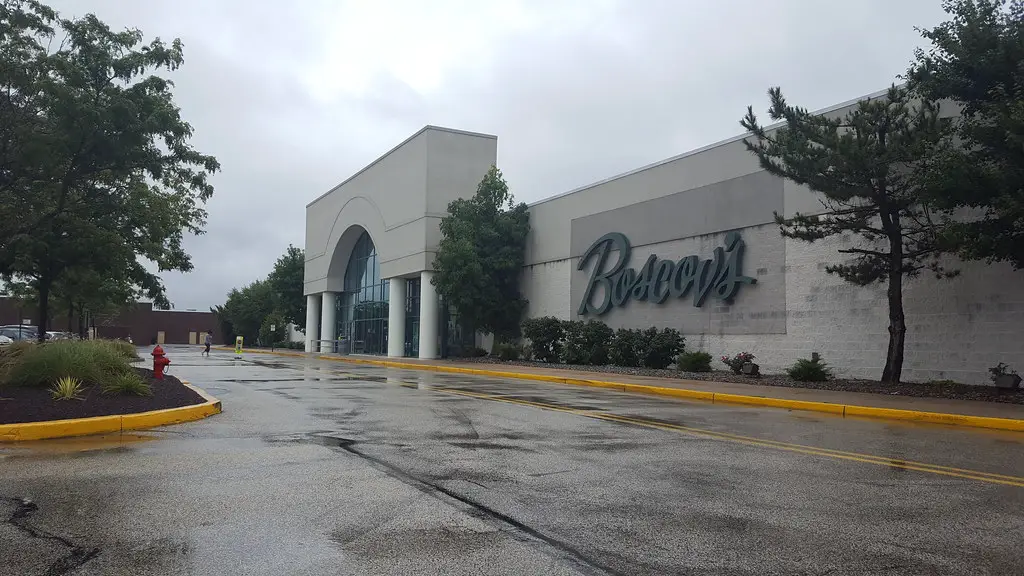
Retail Shifts: Adapting to Market Challenges
Despite these improvements, Cumberland Mall wasn't immune to industry-wide retail struggles.
The late 2000s brought new challenges, leading to a wave of store closures.
One of the biggest losses came in 2008 when Value City shut down after nearly two decades in business.
A year later, Burlington Coat Factory took over the vacant space, helping stabilize occupancy rates.
In 2015, another major departure shook the mall - JCPenney closed its doors after nearly four decades.
The decision was part of a larger corporate restructuring that affected 39 stores nationwide.
By 2018, changes kept coming. Bed Bath & Beyond, which had operated in the mall since 2002, announced its closure due to leasing disputes.
The most recent transformation happened in 2021 when Burlington Coat Factory shut down its location inside the mall.
The former department store space didn't stay vacant for long, though.
It was repurposed for Power Warehouse, a distribution center that supports businesses both inside and outside the mall.
This move signaled a shift in how mall owners approached vacant spaces - focusing on logistics and fulfillment rather than traditional retail.
Changing Hands: Ownership Shifts and Modernization Efforts
One of the biggest changes came in November 2022, when PREIT (Pennsylvania Real Estate Investment Trust) sold the mall to Kohan Retail Investment Group.
PREIT, a Philadelphia-based shopping center operator, disclosed in its 2022 annual financial report that Cumberland Mall had defaulted on its mortgage before being sold.
- Missed Balloon Payment: On August 1, 2022, a PREIT subsidiary defaulted on a mortgage payment of $38.2 million.
- Write-Down of Value: The company wrote down the mall's book value by $4.9 million, contributing to an increased net loss of $150.6 million for the year.
- PREIT's Statement on the Default: The company claimed that the mall was "only in default" because PREIT had not extended the loan while waiting for the sale to be finalized.
At the time of the sale, the mall still had several strong tenants.
Other national retailers, including Michaels, Marshalls, and HomeGoods, continued to attract shoppers.
However, the departure of JCPenney, Burlington Coat Factory, Old Navy, and Bed Bath & Beyond had left large spaces empty, pushing the new owners to rethink leasing strategies.
By 2024, Cumberland Mall had begun shifting toward a mix of retail and non-traditional tenants.
Animal Paradise Gyms | Modern Bodybuilding & Fitness Facility opened in the former Toys "R" Us space, reflecting a growing trend of shopping centers incorporating fitness businesses.
Meanwhile, Power Warehouse continued operating out of the former Burlington space, supporting order fulfillment for businesses both inside and outside the mall.
In June 2024, Vantage Commercial Real Estate was appointed the mall's exclusive leasing agent.
This partnership seeks to attract new tenants and enhance the mall's offerings.
In mid-2024, The Reading Glass Books announced the opening of a new location inside Cumberland Mall, marking its third store.
The bookstore is situated next to Journeys, providing shoppers with a literary destination within the mall.
In December 2024, Summit Properties USA, a subsidiary of UK-based Summit Properties Ltd., announced the completion of a $700 million acquisition phase, expanding its portfolio to include several shopping centers across the United States.
Among these acquisitions is the Cumberland Mall in Vineland, New Jersey.
Summit Properties plans to invest further in these assets, focusing on capital improvements, redevelopment projects, and attracting leading retail chains and lifestyle brands.

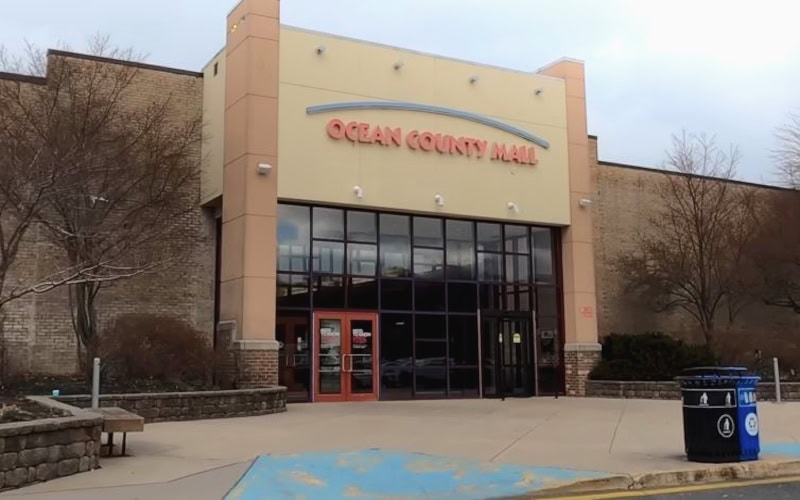
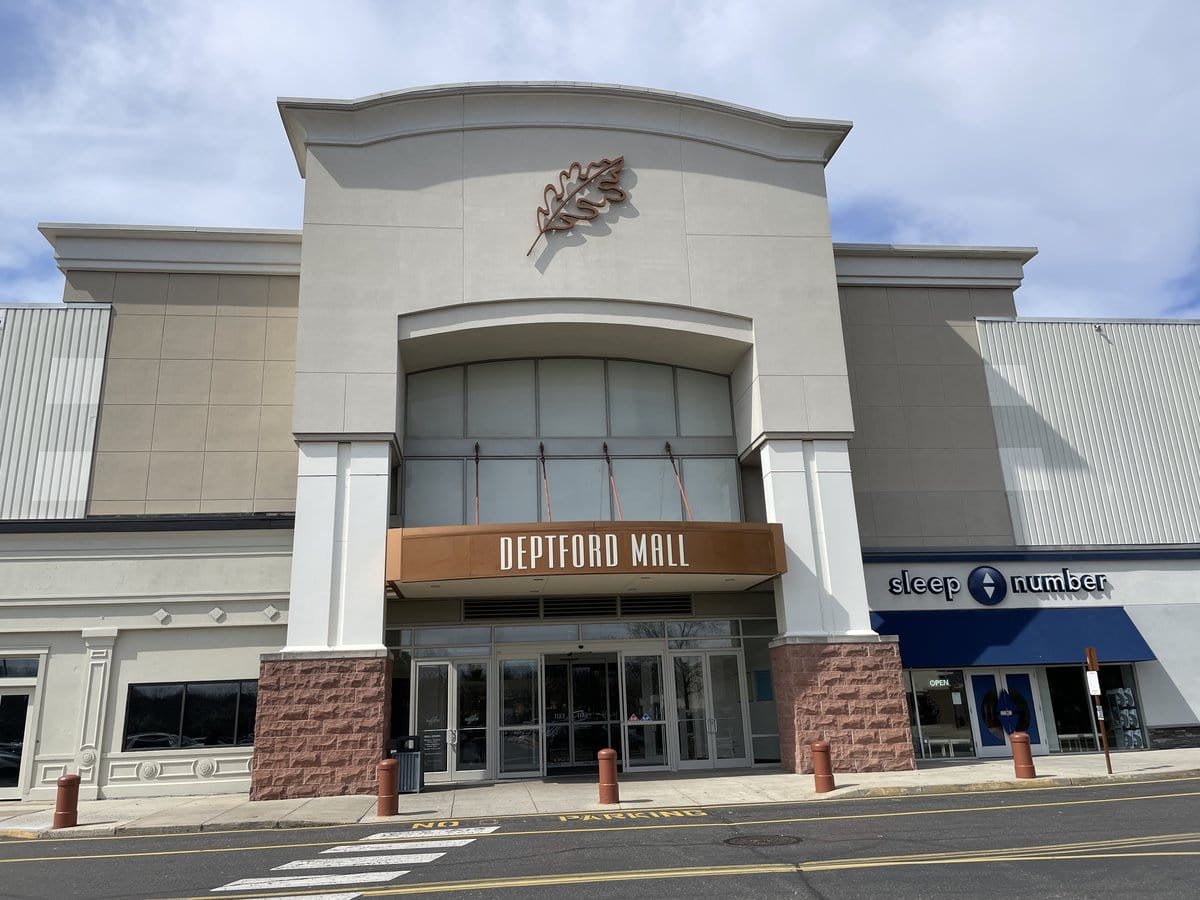
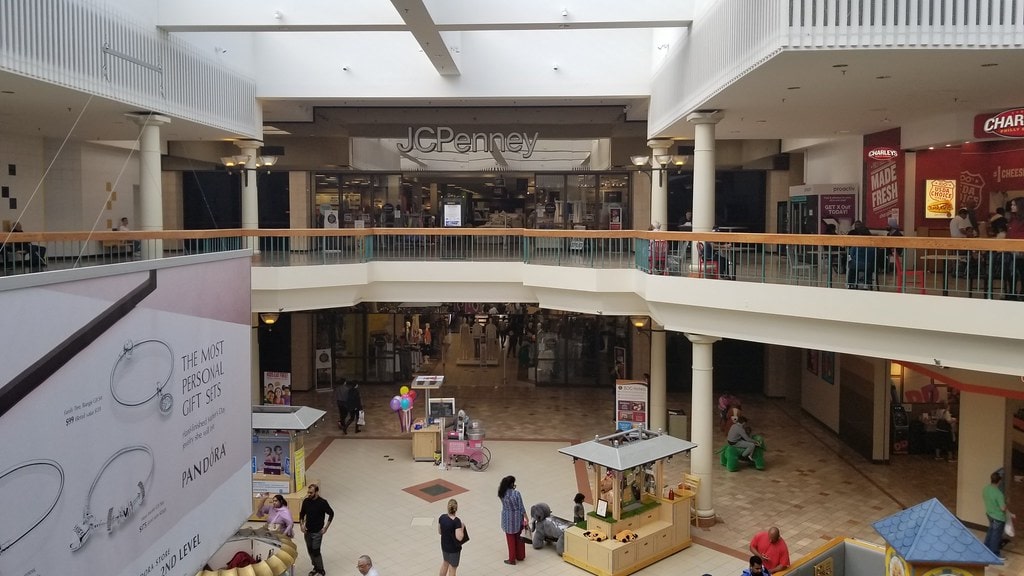
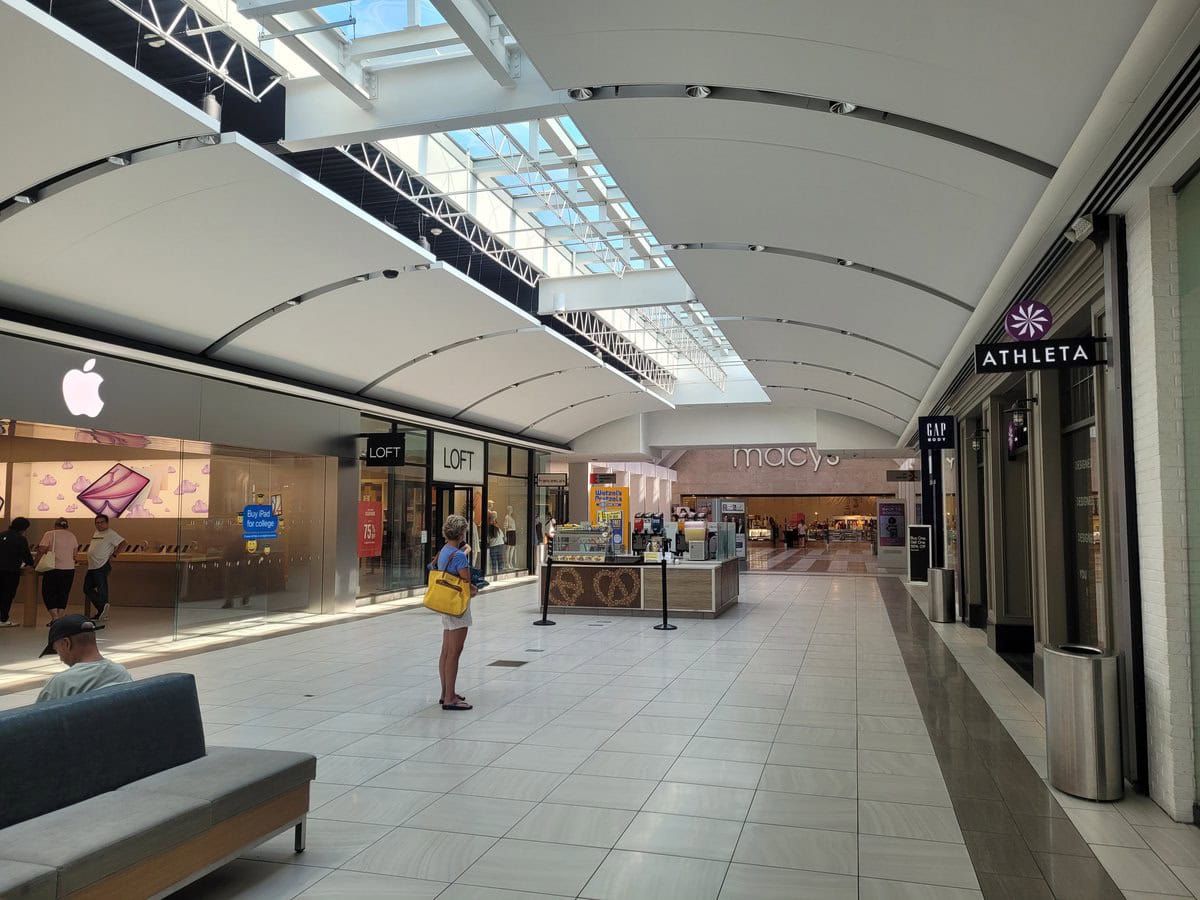
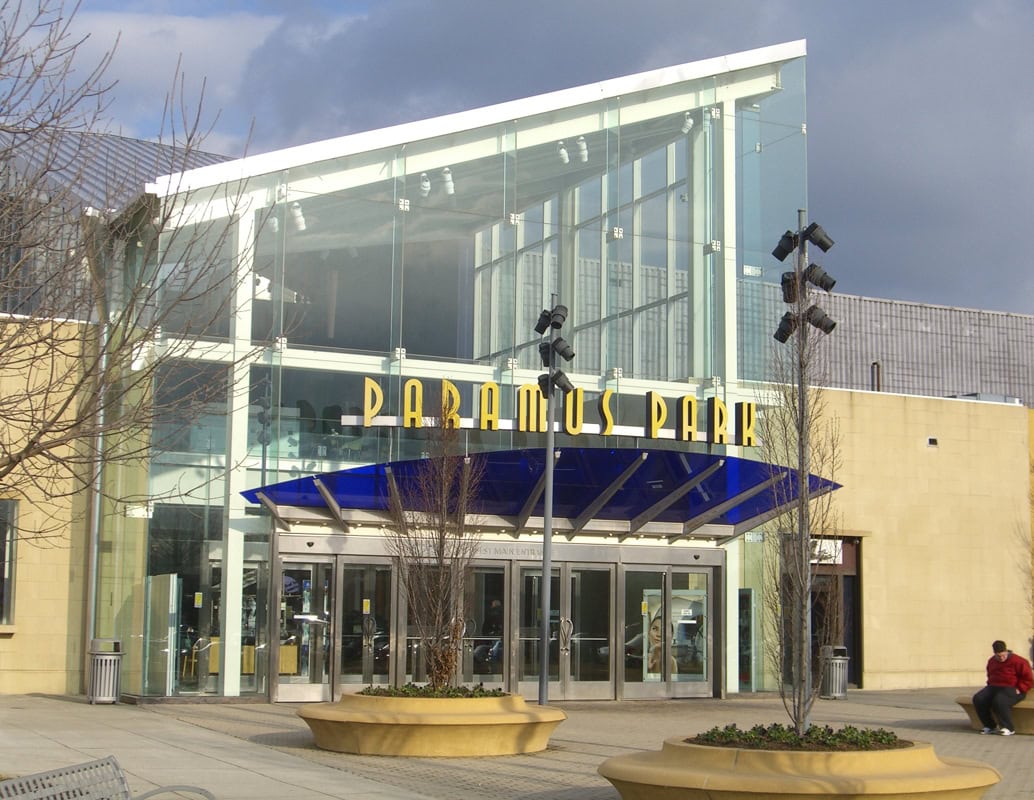

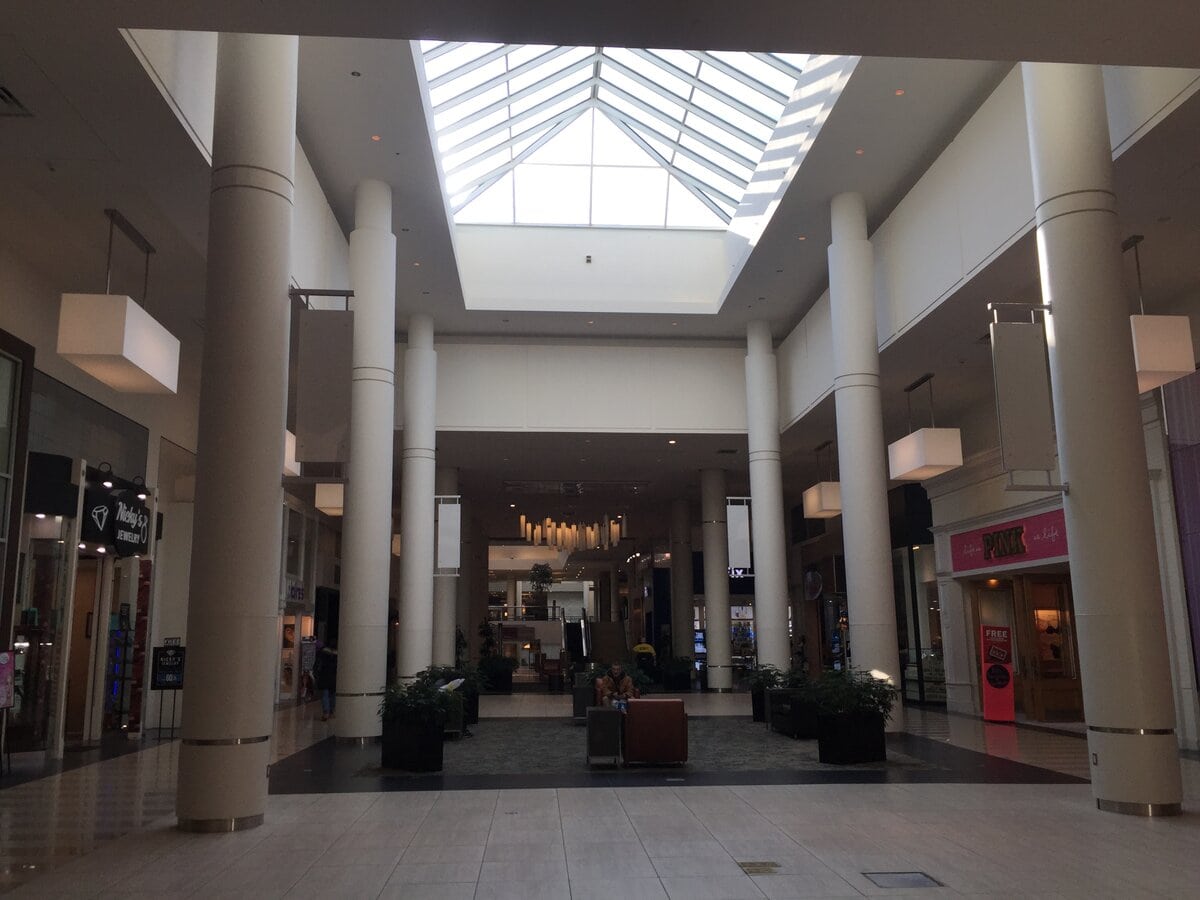
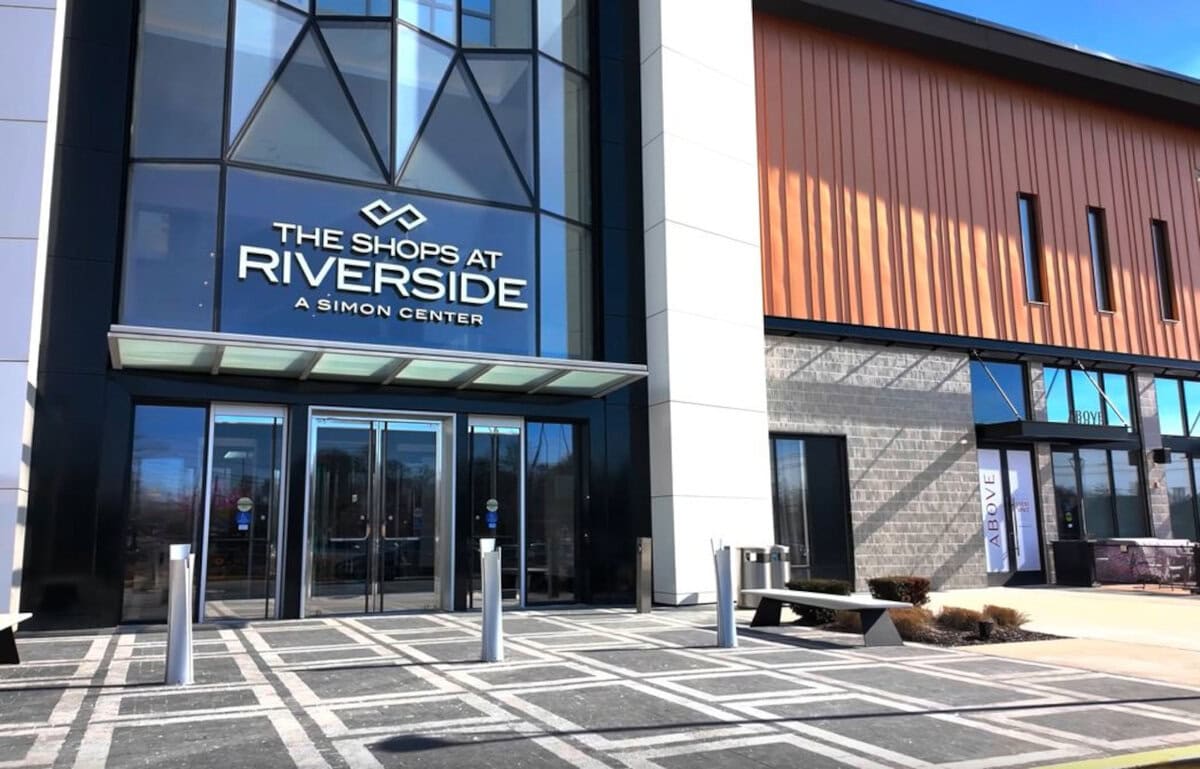
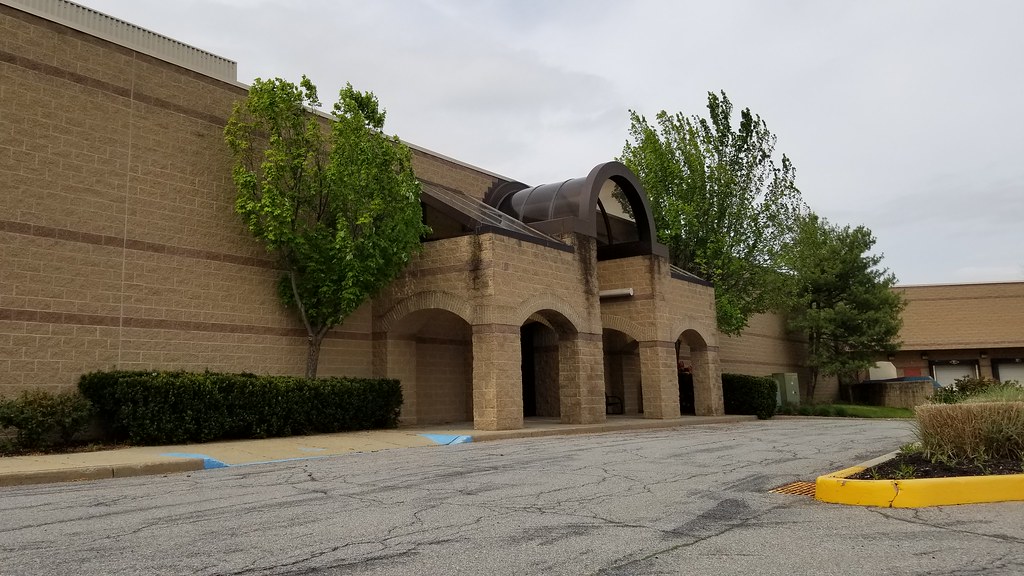
Everyone forgets Rovners was an anchor store in the mall!
What a great memory! Rovners was definitely an important part of the mall’s story. Thanks for sharing.
Although the mall has gone through a lot of phases of up and downs and many major department stores are now gone, the Cumberland County Mall is one of the destinations that keep many coming back for items much needed without having to travel far distances to acquire them. It has also boost employment for many within the area.Eith out any doubt, it allows family & friends to gather for entertainment not far from home.
Some people see an aging mall. Others see a place where their kids spent Saturday afternoons, where they found work when they needed it, where they still run errands without the hassle of a long drive. Cumberland is still standing, and that matters.